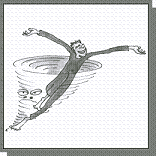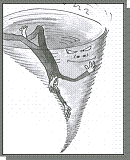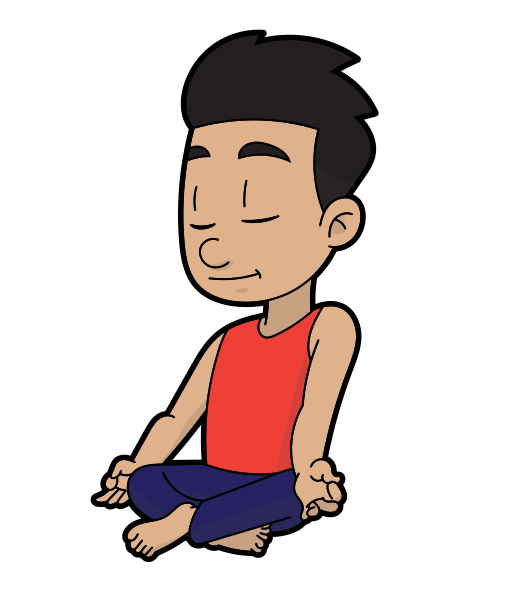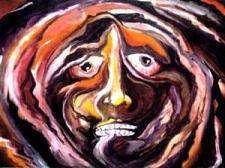When we’re having a panic attack, or starting to feel anxious, our breathing often speeds up. We may even start to hyperventilate, or feel like we can’t breathe and are going to suffocate. The key to calming our breathing when we’re feeling anxious or starting to panic isn’t to breathe deeper, which can actually make things worse, but to breathe slower. This breathing exercise is a great way to slow down our breathing, by breathing out for twice as long as we breathe in.
How to Sleep Better & Cure Insomnia With CBT-I
The videos below present an overview of the CBT for Insomnia program developed by Dr. Gregg Jacobs at Harvard Medical School. For more detailed information about his online CBT-I program, please visit www.cbtforinsomnia.com.
How To Sleep Better And Cure Insomnia With CBT
Breaking the Vicious Cycle of Anxiety
 In a previous post, we looked at the vicious cycle of anxiety, in which an anxiety-provoking event triggers an anxiety-related thought, feeling, behaviour or physiological symptom, which generates additional anxious thoughts, feelings, behaviours and physiological symptoms.
In a previous post, we looked at the vicious cycle of anxiety, in which an anxiety-provoking event triggers an anxiety-related thought, feeling, behaviour or physiological symptom, which generates additional anxious thoughts, feelings, behaviours and physiological symptoms. The Vicious Cycle of Anxiety
 According to the cognitive behavioural therapy (CBT) approach to anxiety, one of the reasons that overcoming anxiety can be so difficult is that anxiety generates vicious cycles involving your physiological, cognitive, behavioural, and emotional domains. We looked at these four components of anxiety in a previous post. Now we’ll look at how they act together to form vicious cycles that create and maintain anxiety.
According to the cognitive behavioural therapy (CBT) approach to anxiety, one of the reasons that overcoming anxiety can be so difficult is that anxiety generates vicious cycles involving your physiological, cognitive, behavioural, and emotional domains. We looked at these four components of anxiety in a previous post. Now we’ll look at how they act together to form vicious cycles that create and maintain anxiety. Following Your Breath Mindfully

In a previous post about our breath we looked at the difference between abdominal breathing and breathing from your chest, and how abdominal breathing can help alleviate stress and calm your body, mind and emotions.
It’s as simple as bringing your attention to your breathing for a few minutes, or even just a few breaths. This is easier said than done, however, as our minds tend to wander a lot at the best of times, and when we’re in distress, it’s even more difficult to stay focused on our breath.
In the next few posts we’re going to practice some exercises to help keep your mind focused on your breathing, starting with Following Your Breathing By Counting Your Breaths.
The Four Components of Anxiety
 Cognitive behvioural therapy (CBT), sometimes called cogntive therapy, is a type of thereapy that focuses on how various factors within us and our environment interact with each other to to produce and maintain many issues that people struggle with such as anxiety and depression.
Cognitive behvioural therapy (CBT), sometimes called cogntive therapy, is a type of thereapy that focuses on how various factors within us and our environment interact with each other to to produce and maintain many issues that people struggle with such as anxiety and depression.
In CBT/cognitive therapy, we recgonize that, in addition to your environment, there are generally four components that act together to create and maintain anxiety: the physiological, the cognitive, the behavioural, and the emotional. These are described below.
Abdominal Breathing to Calm and Relax
When you’re feeling stressed or overwhelmed, one of the most effective ways to calm your body, mind and emotions is to pay attention to your breathing. When you focus your attention on your breath, things start to slow down. Physiologically, your heart rate slows, your blood pressure drops, and any tightness or tension you feel tends to relax. Breathing mindfully also calms your emotions, making them more manageable, and helps slow down a racing mind.
In the next post, we’re going to learn a few techniques to help you follow your breath, but first, it’s important to ensure that you’re breathing in a way that helps calm you, rather than in a way that can increase your level of stress.
